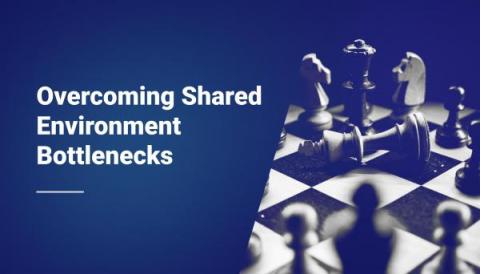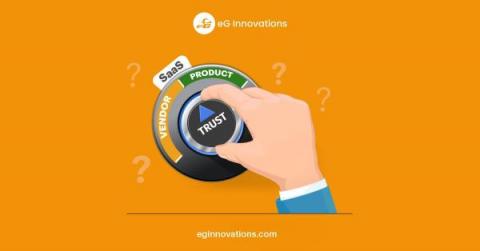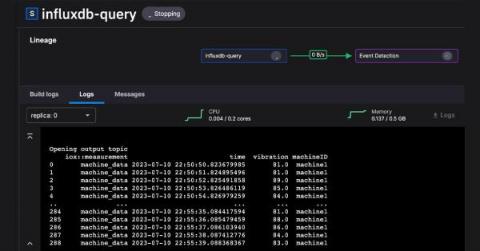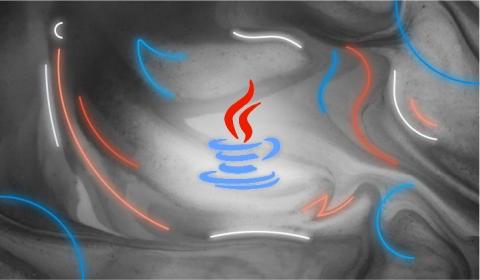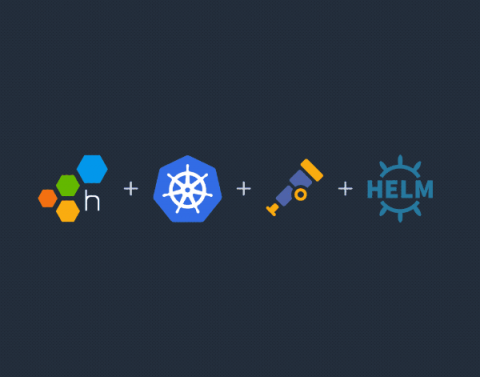Operations | Monitoring | ITSM | DevOps | Cloud
Blog
Should I Trust a SaaS Vendor or Product?
Before adopting any new SaaS (Software-as-a-Service) business tools, the IT department of an organization should evaluate whether it is wise to trust the SaaS product and indeed vendor.
Predictive Analytics Using a Time Series Database
Predictive analytics harnesses the power of big data, statistical algorithms and machine learning techniques to anticipate future outcomes based on historical data. Various industries use predictive analytics, from finance and healthcare to retail and marketing. Among its many uses, predictive maintenance and anomaly detection are two significant applications.
Manual instrumentation of Java applications with OpenTelemetry
In the fast-paced universe of software development, especially in the cloud-native realm, DevOps and SRE teams are increasingly emerging as essential partners in application stability and growth. DevOps engineers continuously optimize software delivery, while SRE teams act as the stewards of application reliability, scalability, and top-tier performance. The challenge?
You've Goat-to Be Kidding Me: Cracking the Code of Installing the Microsoft Sentinel AMA and CEF Collector without Cribl
As a wise man once said, never ask a goat to install software, they’ll just end up eating the instructions. It may appear that the pesky goats have eaten some of those instructions or eaten too many sticker bushes to keep up with recent Microsoft Sentinel changes if you’ve tried configuring the CEF and Azure Connected Machine Agents. This guide is for you whether you have spent considerable time trying to get these agents to work or just dabbling in the Sentinel waters!
Ethics of Telemetry Collection for Employee Experience Improvement
Data collection has become an increasingly essential tool for businesses, allowing them to gather insights about their customers and employees. But it also raises the question of ethics: what data should be collected, how should it be used and who should have access to it? In this article, we'll explore the ethical implications of collecting employee experience data through telemetry.
What Is AWS EMR? Here's Everything You Need To Know
The Android 14 Enterprise Features You Should Know
Android 14, Google’s latest release, brings a host of improvements for users, with enhancements to accessibility, localization, battery life improvements and more. But for IT admins, there are also several Android 14 enterprise features to plan for that enhance user privacy and control.
PowerShell Script to Download Files from URLs: Automate and Verify File Integrity
In the fast-paced world of IT and managed services, efficiency and automation are key. A particularly useful tool that every IT professional or MSP should have in their toolkit is a PowerShell script capable of downloading files directly from a URL. In this blog post, we delve deeper into the workings of such a script, discuss real-world usage scenarios, and expound on the benefits of using PowerShell to download files from URLs.
Deploying the OpenTelemetry Collector to Kubernetes with Helm
The OpenTelemetry Collector is a useful application to have in your stack. However, deploying it has always felt a little time consuming: working out how to host the config, building the deployments, etc. The good news is the OpenTelemetry team also produces Helm charts for the Collector, and I’ve started leveraging them. There are a few things to think about when using them though, so I thought I’d go through them here.


